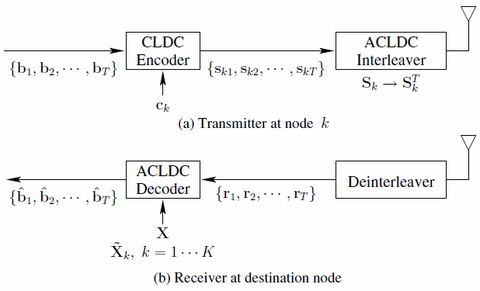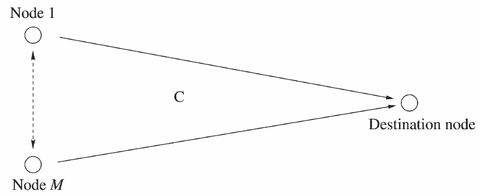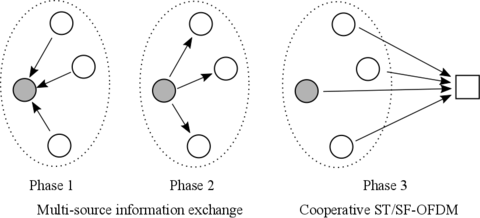Summary
These projects/programs investigate the future generations of wireless technology relying on physical, MAC layer and network layers to design the advanced ad-hoc network and cellular systems. Various emerging techniques such as multi-input multi-output (MIMO) and orthogonal frequency-division multiplexing (OFDM) transceiver signal processing, cooperative and relaying, dynamic resource allocation, cross-layer design and ad-hoc routing protocols are studied.
Description
MIMO is a most attractive multi-antenna technique that has been adopted by many emerging wireless communication standards, such as Wireless LAN (WLAN) and fifth generation wireless (5G), owing to the achievable antenna array, multiplexing, and diversity gain. In order to improve link reliability, the diversity gain enabled at transmission can be exploited by space-time coding, while the diversity gain achieved at the receiver may benefit from maximum ratio combining (MRC). These gains are obtained without increasing the transmission power by employing multiple transmit and/or receive antennas. Particularly, linear dispersion codes (LDC) allow arbitrary configurations in space-time coding for high-rate MIMO transmissions.
However, due to constraints of size and/or cost, it is impractical to implement the mobile device with multiple antennas which are sufficiently far away to achieve independent fading and generate spatial diversity gain. Therefore, distributed single-antenna terminals, which are properly configured in a virtual MIMO transmission, may enable the so-called cooperative communication in order to obtain the equivalent diversity gain by sharing resources with their cooperative partners. Hence the transceiver schemes that are used in collocated MIMO systems can be further inherited in cooperative/distributed communication systems as well.
The main areas of activities are:
- Cooperative vs Non-Cooperative Diversity in Space, Time and Frequency
- Asynchronous Cooperative Linear Dispersion Coding
- Low-Complexity Optimized MIMO Receiver
- Cooperative Single-Carrier FDMA Communications
- Cooperative Diversity Routing and Transmission for Wireless Sensor Networks
- Directional Routing Protocols for Ad-hoc Networks
- Energy Efficiency Challenges of 5G Small Cell Networks




